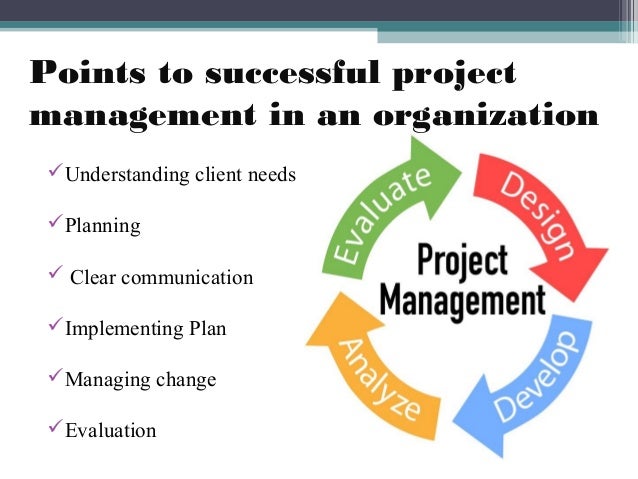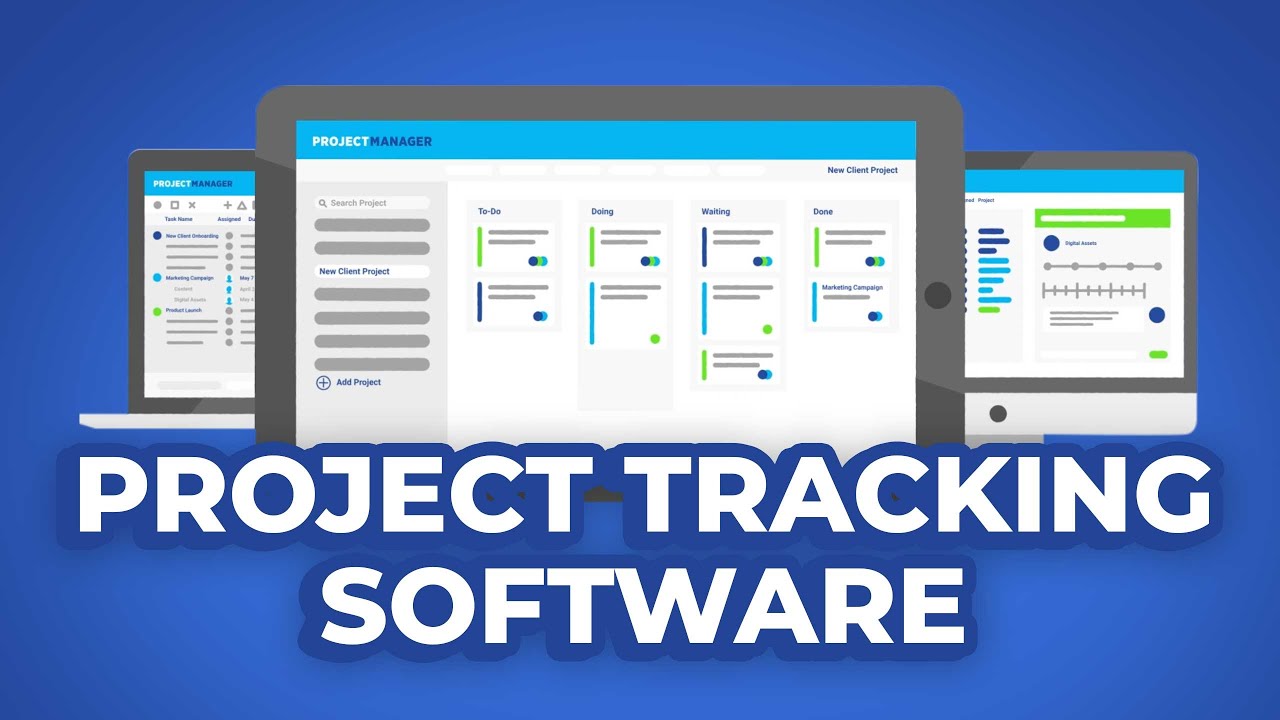
John Paul Kotter is an author and professor at Harvard Business School. He also founded Kotter International in Boston and Seattle. His reputation as a thought-leader in business, leadership and change is well-known. This article will talk about the importance creating an atmosphere of urgency, communicating the vision, building coalitions of leaders and managing employee resistance.
Give urgency to your work
People need to feel urgency. This requires people engaging their hearts and minds. You must explain to them why and what the context is. You need to engage their emotions and make them feel invested. There are simple techniques that can help achieve your goals.
The first step to any change process is to create an atmosphere of urgency. It will inspire people to get involved in finding a solution and encourage them to do so. This will allow you to motivate people and encourage them to solve problems.

Communicate your vision
Communicating the vision is an essential step in leading change. Kotter suggests that vision statements should be clear and easy to comprehend by all parties. The United States Coast Guard's vision statement is a great example of an effective one. The vision statement can be understood by anyone, even those who aren’t familiar with Coast Guard. Its seven attributes make it easy to understand, are compelling, simple, and practical in a range of situations.
The best way to communicate the vision is through storytelling. It is easy to lose track of the purpose of a message if you don't know how to express it in a compelling way. Repetition of key messages can help to retain them. It also helps leaders to know if the message was understood correctly, which prevents miscommunications.
Collaborate with leaders
To effectively implement the eight-step Kotter Change Model, it is important to build a guiding coalition. The coalition should include leaders from diverse disciplines who are willing to change the world and can get employees on board. This is essential because the model cannot just be done by one person.
It takes careful planning to build a coalition that is successful. The members must be experts in their field and have influence within the organization. They must also trust one another and work together as a team. Be careful not to get smug and irritable.

Employee resistance can be controlled
The Kotter Model describes eight steps for change management success. The model is based upon the assumption that employees will resist change and that leaders are able to convince them to accept changes. There are flaws to this model. To get the best out of this model, it should be used only in specific situations, and not in every situation.
This model emphasizes communication and education as the two most important principles to decrease resistance to change. Employees must be educated about the reasons for the change to decrease misinformation and negative perceptions.
FAQ
What role does a manager play in a company?
There are many roles that a manager can play in different industries.
A manager generally manages the day to-day operations in a company.
He/she makes sure that the company meets its financial obligations, and that it produces goods or services that customers desire.
He/she is responsible for ensuring that employees comply with all regulations and follow quality standards.
He/she designs new products or services and manages marketing campaigns.
How can we create a successful company culture?
A culture of respect and value within a company is key to a productive culture.
It's based on three main principles:
-
Everyone has something to contribute
-
People are treated fairly
-
It is possible to have mutual respect between groups and individuals
These values are evident in the way that people act. For example, they will treat others with courtesy and consideration.
They will be respectful of the opinions of other people.
These people will inspire others to share thoughts and feelings.
In addition, the company culture encourages open communication and collaboration.
People feel safe to voice their opinions without fear of reprisal.
They are aware that mistakes can be accepted if they are treated honestly.
Finally, the company culture promotes integrity and honesty.
Everyone understands that the truth is always best.
Everyone knows that there are rules and regulations that apply to them.
Nobody expects to be treated differently or given favors.
What is the best way to motivate your employees as a manager?
Motivation refers to the desire or need to succeed.
Doing something that is enjoyable can help you get motivated.
You can also get motivated by seeing your contribution to the success or the improvement of the organization.
You might find it more rewarding to treat patients than to study medical books if you plan to become a doctor.
Another type of motivation comes from within.
You might feel a strong sense for responsibility and want to help others.
You may even find it enjoyable to work hard.
Ask yourself why you aren't feeling motivated.
Then think about how you can make your life more motivating.
Six Sigma is so well-known.
Six Sigma is simple to implement and can yield significant results. It also provides a framework for measuring improvements and helps companies focus on what matters most.
Why is it so hard to make smart business decisions?
Complex systems are often complex and have many moving parts. Their leaders must manage multiple priorities, as well as dealing with uncertainty.
Understanding how these factors impact the whole system is key to making informed decisions.
To do this, you must think carefully about what each part of the system does and why. It is important to then consider how the individual pieces relate to each other.
Ask yourself if there are hidden assumptions that have influenced your behavior. If not, you might want to revisit them.
If you're still stuck after all this, try asking someone else for help. You might find their perspective is different from yours and they may have insight that can help you find the solution.
What is a management tool to help with decision-making?
The decision matrix is a powerful tool that managers can use to help them make decisions. It helps them think systematically about all the options available to them.
A decision matrix is a way of representing alternatives as rows and columns. This makes it easy to see how each alternative affects other choices.
In this example, there are four possible options represented by boxes on the left-hand side of the matrix. Each box represents an alternative. The status quo (the current condition) is shown in the top row, and what would happen if there was no change?
The middle column displays the impact of selecting Option 1. In this example, it would lead to an increase in sales of between $2 million and $3 million.
These are the results of selecting Options 2 or 3. These are positive changes - they increase sales by $1 million and $500 thousand respectively. These changes can also have negative effects. Option 2, for example, increases the cost by $100 000 while Option 3 decreases profits by $200 000.
The final column shows results of choosing Option 4. This means that sales will decrease by $1 million.
The best part about using a decision matrix to guide you is that you don’t need to keep track of which numbers go where. The best thing about a decision matrix is that you can simply look at the cells, and immediately know whether one option is better or not.
This is because your matrix has already done the hard work. Simply compare the numbers within the cells.
Here is an example how you might use the decision matrix in your company.
You need to decide whether to invest in advertising. By doing so, you can increase your revenue by $5 000 per month. You will still have to pay $10000 per month in additional expenses.
By looking at the cell just below "Advertising", the net result can be calculated as $15 thousand. Advertising is more valuable than its costs.
What is the meaning of "project management?"
This refers to managing all activities that are involved in a project's execution.
Our services include the definition of the scope, identifying requirements, preparing a budget, organizing project teams, scheduling work, monitoring progress and evaluating the results before closing the project.
Statistics
- The BLS says that financial services jobs like banking are expected to grow 4% by 2030, about as fast as the national average. (wgu.edu)
- The profession is expected to grow 7% by 2028, a bit faster than the national average. (wgu.edu)
- Your choice in Step 5 may very likely be the same or similar to the alternative you placed at the top of your list at the end of Step 4. (umassd.edu)
- Hire the top business lawyers and save up to 60% on legal fees (upcounsel.com)
- As of 2020, personal bankers or tellers make an average of $32,620 per year, according to the BLS. (wgu.edu)
External Links
How To
How can you implement a Quality Management Plan?
QMP (Quality Management Plan) is a system to improve products and services by implementing continuous improvement. It helps to improve customer satisfaction and product/service quality by continuously measuring, analyzing, controlling and improving.
The QMP is a standard method used to ensure good business performance. QMP is a standard method that improves the production process, service delivery, customer relationship, and overall business performance. QMPs should address all three dimensions: Products, Services, and processes. If the QMP focuses on one aspect, it is called "Process." QMP. QMPs that focus on a Product/Service are known as "Product" QMPs. QMP stands for Customer Relationships.
Scope, Strategy and the Implementation of a QMP are the two major elements. These elements are as follows:
Scope is what the QMP covers and how long it will last. If your organization wishes to implement a QMP lasting six months, the scope will determine the activities during the first six month.
Strategy: This is the description of the steps taken to achieve goals.
A typical QMP comprises five phases: Planning and Design, Development, Construction, Implementation, Maintenance. Below is a description of each phase:
Planning: In this stage the QMP's objectives and priorities are established. In order to fully understand and meet the needs of all stakeholders involved in this project, they are consulted. After identifying the objectives, priorities and stakeholder involvement, it's time to develop the strategy for achieving the goals.
Design: This stage involves the creation of the vision, mission, strategies and tactics necessary to implement the QMP successfully. These strategies are executed by creating detailed plans.
Development: Here the development team works toward building the necessary resources and capabilities to support the successful implementation.
Implementation: This refers to the actual implementation or the use of the strategies planned.
Maintenance: This is an ongoing process to maintain the QMP over time.
Several additional items should be added to the QMP.
Stakeholder Involvement: Stakeholders are important for the success of the QMP. They should actively be involved during the planning and development, implementation, maintenance, and design stages of QMP.
Project Initiation: The initiation of any project requires a clear understanding of the problem statement and the solution. Also, the initiator should understand why they are doing it and what they expect.
Time frame: The QMP's timeframe is critical. The simplest version can be used if the QMP is only being implemented for a short time. For a long-term commitment you may need more complicated versions.
Cost Estimation. Cost estimation is another crucial component of QMP. You cannot plan without knowing how much money you will spend. Cost estimation is crucial before you begin the QMP.
The most important thing about a QMP is that it is not just a document but also a living document. It changes as the company grows. It is important to review it periodically to ensure it meets all current requirements.